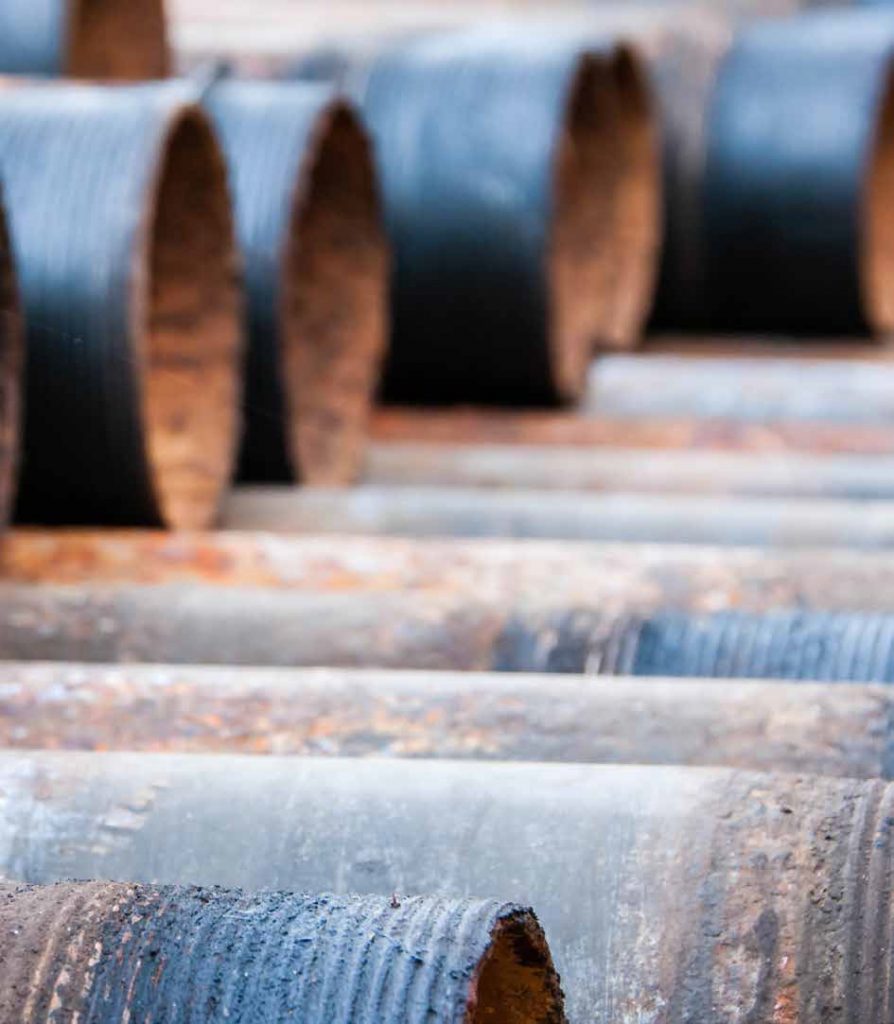By: Adam Pearce, Business Development Manager, Parker Hannifin
Corrosion is a serious concern in the construction sector, with outdoor conditions accelerating the spread of rust. Putting in place best practice on how to maximise corrosion resistance of metal parts can help mitigate the issues.
Corrosion represents an enormous threat to the construction industry, with metals encountering a wide range of outdoor weather and temperature conditions, impacting both structural steels and mobile equipment used on site. Traditionally, suppliers have worked hard to ensure the corrosion resistance of their products, yet preventative techniques depend very much on the types of metal being used.
Understanding corrosion in different metals
Basic grade steel, for example, is a strong, durable metal with high heat resistance, yet it has little resistance to corrosion. It is typically alloyed with other metals to improve its corrosion resistance. Stainless steel, meanwhile, comprising a ferrous alloy that contains at least 10 per cent chromium, includes the strength and durability of steel but also offers impressive chemical and corrosion resistance performance. These enhanced properties come at a price, with stainless steel typically more expensive than components and fittings made from other materials.
Aluminium, on the other hand, has its own set of unique properties. It is a more malleable metal with low tensile strength but offers excellent corrosion resistance in low density and low-pressure applications. Aluminium can be alloyed with other metals to improve its strength and hardness, and corrosion resistance can be improved by the application of an anodised external finish, which makes the surface harder for wear and abrasion resistance.
One of the most conventional means of protecting metals such as steel, aluminium, iron and others is to electroplate a fine zinc coating to provide a corrosion-resistant layer. The zinc layer, usually to around 10 microns depth, effectively acts as a sacrificial layer. More recently, there has been a noticeable trend towards the use of electroplated zinc-nickel coatings, as it corrodes less quickly than a pure zinc layer of similar thickness.
The key is to select precisely the right metal and coating technique for the task at hand. That requires careful assessment of a combination of factors including strength, durability and corrosion resistance to optimise performance over the long term.
Corrosion resistance testing methods
At the component level, once metal and coating have been selected, a series of tests can be performed to prove corrosion resistance. Typically, these include fog and spray testing in highly controllable environmental chambers. These facilities can be used to simulate a range of corrosive atmospheres through the staging of an accelerated corrosive attack under strict conditions.
These types of environmental chambers are used by construction equipment suppliers such as truck makers, for instance, who are keen to offer lifecycle corrosion guarantees for a wide range of parts such as fluid connectors, engine air filters, oil and fuel filters and fuel filter separators. Knowledge of environmental testing, therefore, remains a crucial facet of successful corrosion prevention.

Corrosion management on construction sites
In addition to supplier activities, end-users on construction sites can implement day-to-day best practice approaches to ensuring that corrosion is kept under control. Often, there is too little thought given to the care and maintenance of mechanical plant and equipment on site. Trucks, for instance, are frequently left outdoors for long periods with empty fuel tanks. This results in the rapid collection of condensation, encouraging internal corrosion which goes unnoticed until irreparable damage is done. Significant consideration should, therefore, be given to how assets are stored and maintained.
Poor spares management is another factor which can lead to corrosion problems at the operations level, with a tendency to source spares from a wide range of resellers, based on availability rather than quality. This can lead to poor traceability, with the acquisition of spares that might resemble original parts yet having very different performance characteristics. Mixing spares from various sources can lead to consistency problems, with corrosion occurring at varying rates.

Implementing an effective corrosion management plan
Ultimately, the answer to the problem of corrosion in the construction industry is to implement an effective corrosion management system (CMS), ensuring that corrosion prevention becomes an integral part of formal organisational processes, with board-level top-down support, rather than an ad-hoc set of initiatives that are often carried out in isolation. Any lessons learned, such as corrosion incidents, are recorded as part of good-practice asset management, ensuring that the information is available to those involved in construction projects and operations. By integrating a CMS seamlessly within an organisational structure and combining it with best-practice policies on the ground, companies have the best chance of keeping corrosion at bay.

